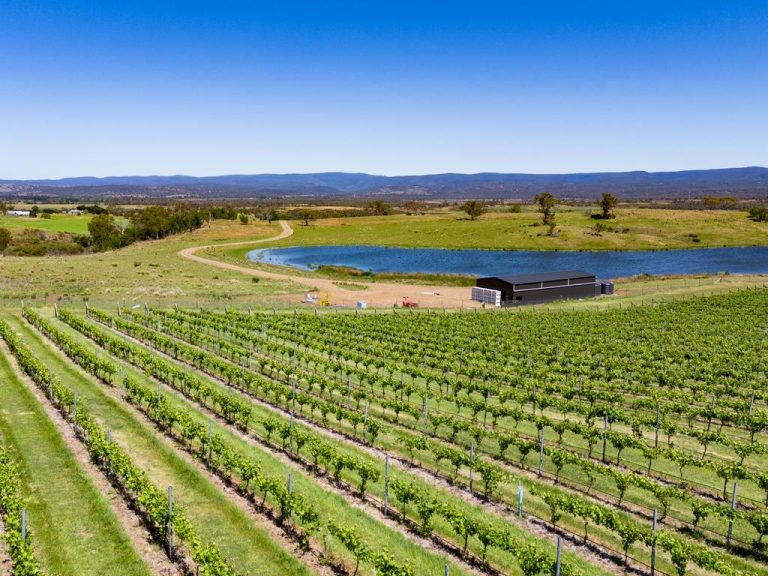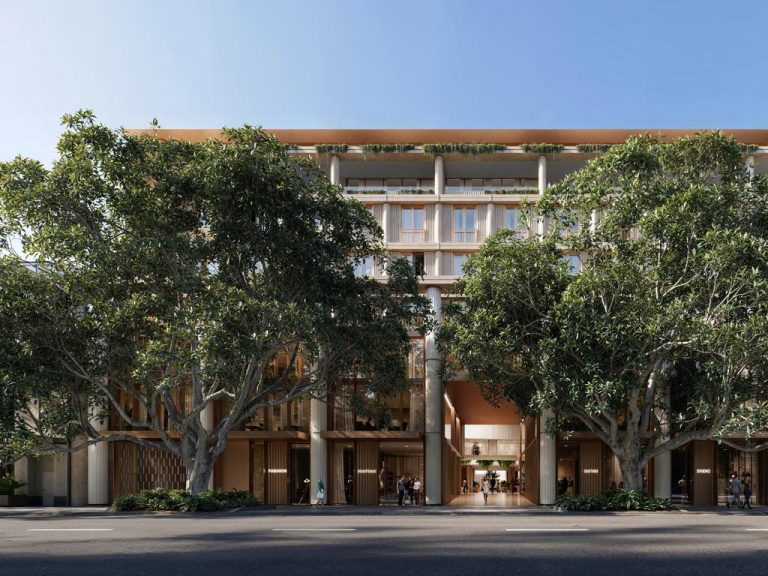High-tech manufacturing switches property demand

Manufacturing has been making headlines for all the wrong reasons recently, but the closing of mass assembly lines has obscured the rise of a new breed of high-tech firms operating in niches in a globalised market place.
This shift away from large scale industry brings with it big implications for portfolio managers – and it is making the days of the open door, corrugated iron factory a distant memory.
Property needs of the high-tech sector
Like the firms themselves, the properties sought by the advanced sector tend to be small and high tech, sometimes with features like clean rooms, precise temperature controls and high-speed broadband to carry the data for CAD (computer-aided design) shared between sites. That’s because the market they are selling into requires precisely built products and components, often as part of a global procurement network.
Properties tend to be small and high-tech, with clean rooms, precise temperatures and high-speed broadband.
Take Marand, based in the Melbourne suburb of Moorabbin. Its specialisation in the precision manufacturing of carbon fibre and titanium has landed it a contract to make tail fins for Lockheed Martin’s F-35 Joint Strike Fighter, the fifth generation war plane being bought by the US military, RAAF and seven other air forces around the world. Then there are companies like the RE Davison Group at Rockdale in Sydney’s south. Founded in the “build Australia” days of extensive government support, the 65-year-old firm has evolved into a specialist moulder and assembler of products for highly technical, low to medium volume markets.
Where are they based?
You are unlikely, though, to find many of the new breed in estates designed for heavy industry in places like Elizabeth, South Australia or Dandenong, Victoria. As Steve Gatt, Real Estate and Construction Practice Leader at KPMG Australia, says: “They don’t need to be next to freeways like large freight forwarders, instead they need to be close to a highly skilled labour force.” That mostly means inner and middle-ring urban areas. A great example of this is the medical and pharmaceutical sector clustering around universities and research institutes in nodes like the ‘Golden Triangle’ in Melbourne’s inner north and Darlinghurst in inner Sydney. Gatt also points to the location of Cochlear locating inside Macquarie University as an example of this trend.
The medical and pharmaceutical sector is clustering around universities and research institutes.
“There is a shift on and it is changing areas like the old industrial heart of Sydney, which ran from Central Station to the airport. Much of it is being decimated and rezoned to residential and the pace of that rezoning is accelerating.” When I ask about properties in outlying areas like Adelaide’s northern fringe, he says: “Where there has been a steady decline in industry over a number of years, the natural progression should be built into prices for these properties.”
High-tech manufacturing to accelerate
The trend to bespoke, high-tech production is occurring right across the OECD and could accelerate, if recent talk of Australia’s industry realignment proves accurate. There is quite a way to go, though, with just 2.3% of Australia’s materials exports classed as high tech by a 2012 European Union report, compared with 19% of America’s. The most commonly cited opportunities are in mining equipment, medical devices, biomaterials and aerospace.
What does it mean for property owners?
Gatt warns property owners hoping to target this space that they may have to rethink the mindset they bring to assessing tenants. “Advanced manufacturers can be somewhat different from what owners would consider a high-quality tenant today. Usually that equates to a long established business highly likely to complete a long-term lease,” he says. “The challenge with high-tech, bespoke manufacturers is to assess whether they have a good pipeline of product development or the owner may have tenants which continually need replacing.”







